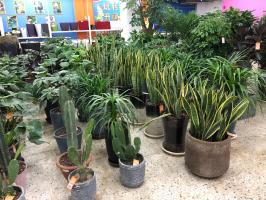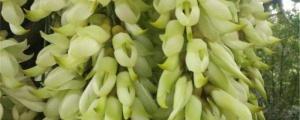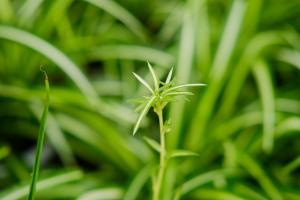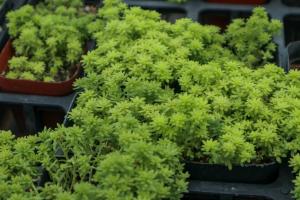Which Plant is Used to Purify Waste Water?
Water is a vital resource in our daily lives. However, with increasing pollution and global warming, water scarcity has become a major concern. The pollution of water bodies also poses a threat to public health. Water treatment plants routinely use chemicals to purify water, but these chemicals can have detrimental effects on human health and the environment. In recent years, scientists have explored the use of natural methods such as plants to purify water. One such plant is the water hyacinth.
The Water Hyacinth
The water hyacinth (Eichhornia crassipes) is a floating aquatic plant that is native to South America but has since spread to other parts of the world. It is a fast-growing plant that can double its biomass in two weeks. Although the water hyacinth is considered an invasive species, it can be beneficial in certain circumstances such as wastewater treatment.
The water hyacinth is able to purify water by a process known as phytoremediation. This process involves the absorption of pollutants through the plant's roots and the breakdown of these pollutants into less harmful substances through a series of chemical reactions.
How Does Water Hyacinth Purify Water?
The water hyacinth is an efficient purifier of water due to its unique ability to absorb pollutants. The plant is able to remove heavy metals such as lead, mercury, and cadmium from water. It also removes organic contaminants such as pesticides and herbicides. The water hyacinth is able to do this by absorbing the pollutants through its roots and transferring them to its leaves where they are broken down into less harmful substances through a process known as oxidation.
Once the water hyacinth has absorbed the pollutants, it converts them into organic compounds that can be used as fertilizers. These compounds are rich in nutrients such as nitrogen and phosphorus, which are essential for plant growth. The water hyacinth can also improve water quality by reducing nutrient levels, thus preventing eutrophication, a process in which excessive nutrients in water bodies promote the growth of algae and other aquatic plants, which deplete oxygen levels and harm fish and other aquatic life.
Applications of Water Hyacinth in Wastewater Treatment
Water hyacinths are mainly used in the treatment of domestic and industrial wastewater. In developing countries, where wastewater treatment systems are often inadequate or non-existent, the use of water hyacinths can be an effective means of treating wastewater. Once the water hyacinth plants have absorbed the pollutants, they can be harvested and removed from the water, and the treated water can be reused for irrigation or discharged into nearby water bodies without harming the environment.
Water hyacinths can also be used in conjunction with other plants such as reeds and rushes to create constructed wetlands. Constructed wetlands are engineered systems that mimic natural wetlands and are used to treat wastewater. The plants in constructed wetlands are able to remove pollutants from water through natural processes such as phytoremediation and also provide a habitat for wildlife.
Conclusion
The water hyacinth is a versatile plant that can be used to purify wastewater. Its unique ability to absorb pollutants and convert them into organic compounds makes it an efficient and cost-effective method of wastewater treatment. The use of water hyacinths in wastewater treatment can also improve water quality and prevent the negative effects of eutrophication. As more people become aware of the benefits of natural methods such as phytoremediation, we can look forward to cleaner and healthier waterways in the future.

 how many times do yo...
how many times do yo... how many planted tre...
how many planted tre... how many pine trees ...
how many pine trees ... how many pecan trees...
how many pecan trees... how many plants comp...
how many plants comp... how many plants can ...
how many plants can ... how many plants and ...
how many plants and ... how many pepper plan...
how many pepper plan...































